It’s always exciting to observe shorebirds while visiting their wintering grounds in Chile or anywhere really. Its presence and abundance are good indicators on how healthy those rivermouths, mudflats, marshes and coastal ecosystems are. Any flock of shorebirds may often produce identification challenges; no matter how novice or experienced you find yourself, identifying shorebirds will always be a test for any student of the bird world.
Birder and naturalist guide Jorge Valenzuela and I recently went on a recce trip to the excellent Huentelauquen nature reserve, located some 170 miles (270 km) north of Santiago. This is a still well-preserved coastal wetland, protecting the rivermouth of the Choapa river and which holds a RAMSAR category from 2015; Huentelauquen site also forms part of the Western Hemisphere Shorebird Reserve Network (WHSRN). This is truly a wonderful ecosystem, merging desert areas, sand dunes, matorral scrub and coastal wetlands. Some 160 bird species have been documented here, of which 28 are migratory. More information about the conservation status of this site can be found on the excellent blog post written by Maria Carolina Jarpa.
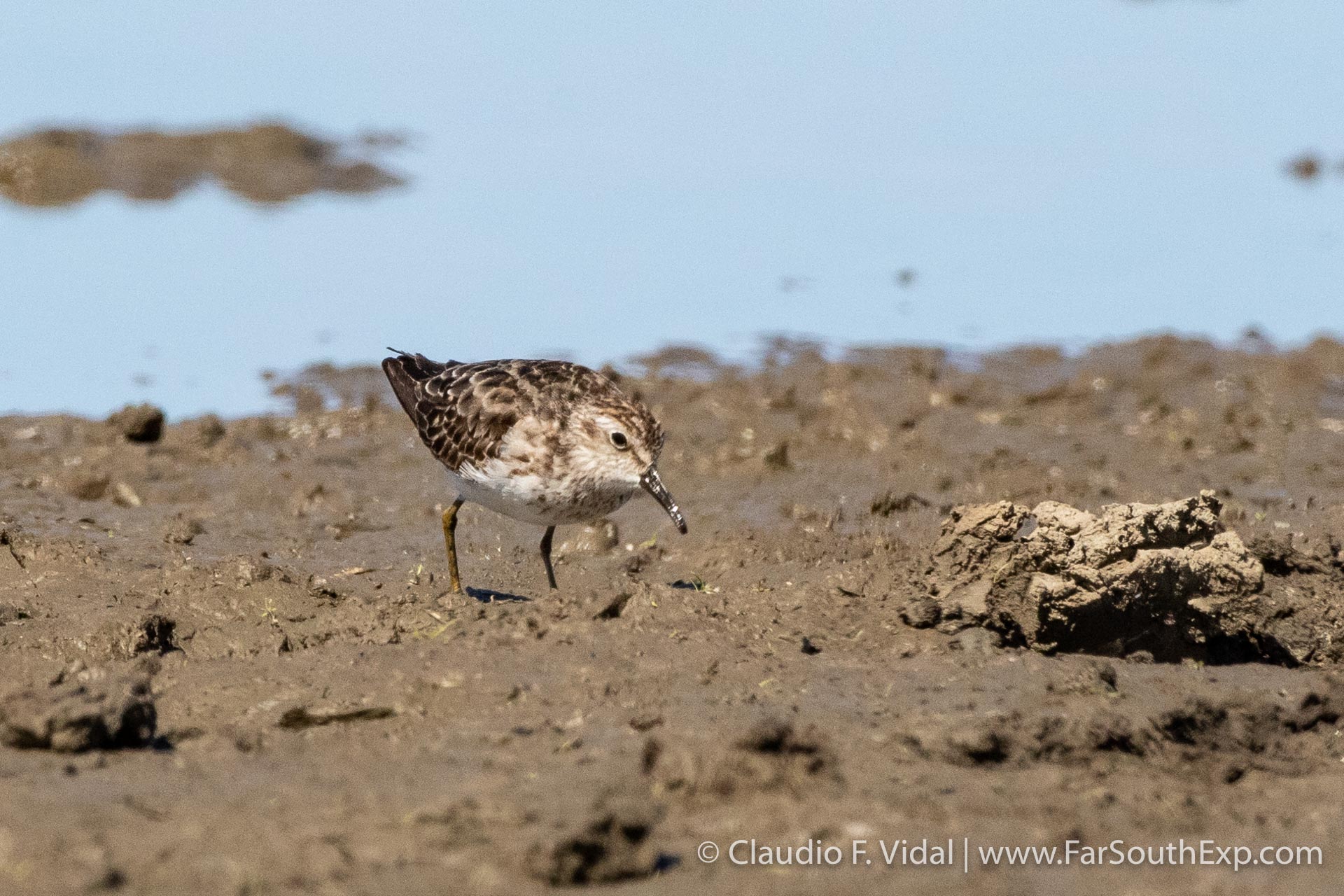
During our field trip earlier this week, Baird’s Sandpiper was the commonest shorebird there, while we were also entertained by Black-necked Stilt, Wilson’s Phalarope and Semipalmated Sandpiper. However, one tiny short-winged peep captured immediately our attention. It was on its own and actively probing the mud. Its legs were darkened by the mud but a closer inspection allow us to see its true yellowish coloration. Its hunched posture was unmistakable and we were both very happy to realize that we were beholding the world’s smallest wading bird, Calidris minutilla.
Least Sandpiper is not a very rare sighting these days in Chile and you can see this at the E-bird species map. This Calidris seasonally occurs at several coastal spots from Arica (in the far north of the country) all the way south to Santiago; the most southerly record was in the surroundings of Concepcion (36º 46’S). Perhaps it was overlooked in the past, but now a more prepared and well informed community of birders produce a constant number of sightings of this and other cryptic shorebird species during the Southern Hemisphere spring and summer, especially.
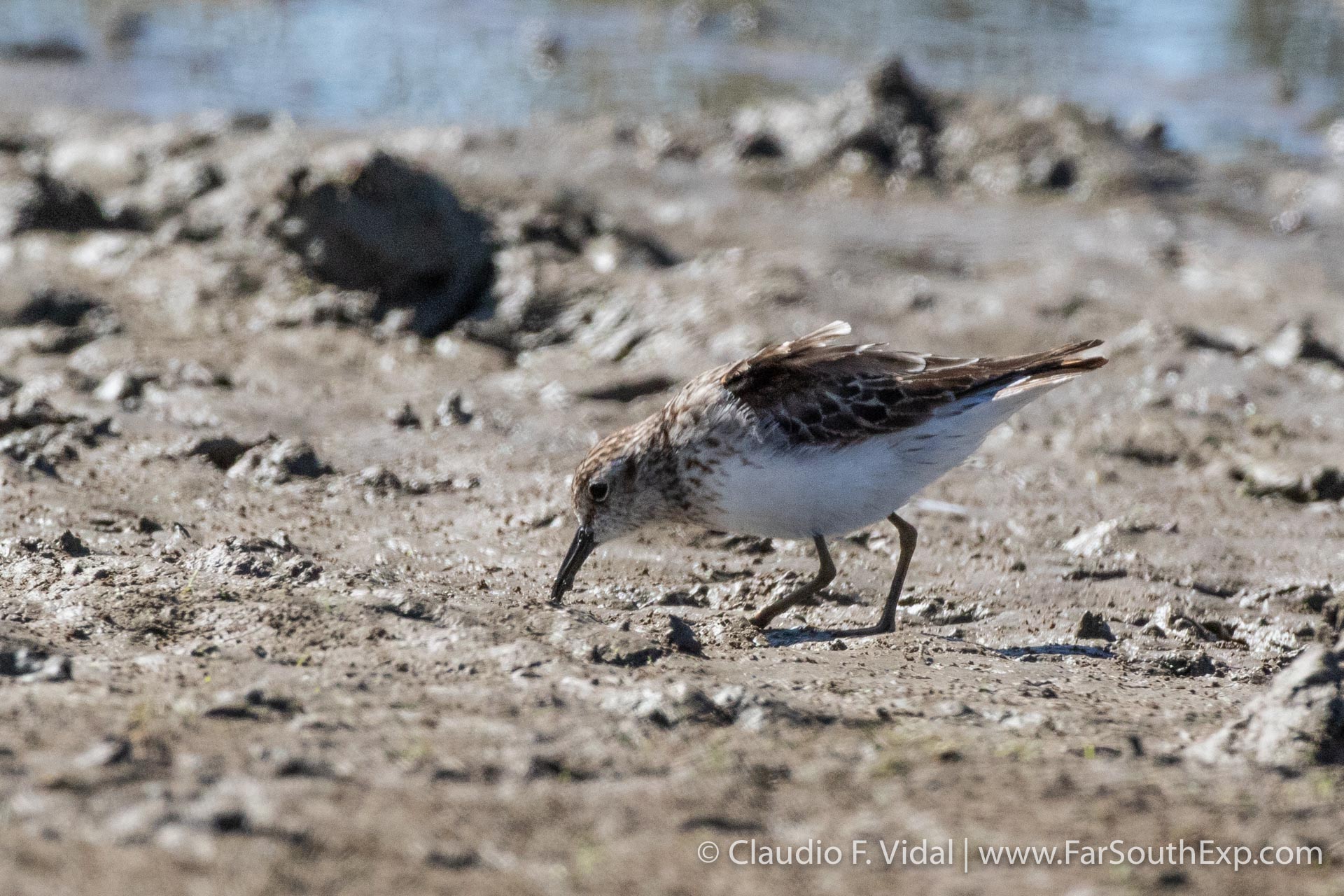
Least Sandpiper is a highly migratory species, breeding in the High Arctic tundra and boreal forests of North America. It’s really hard to believe that such a small bird, weighing in about one ounce (28 grams) can perform such an extremely long and direct migration from the Arctic to its wintering grounds in South America, after the breeding season.
For Jorge and I this was a certain proof that an ordinary day in the field can really become into an extraordinary one. Literally, in a blink of an eye, the world’s smallest shorebird made our day really big!



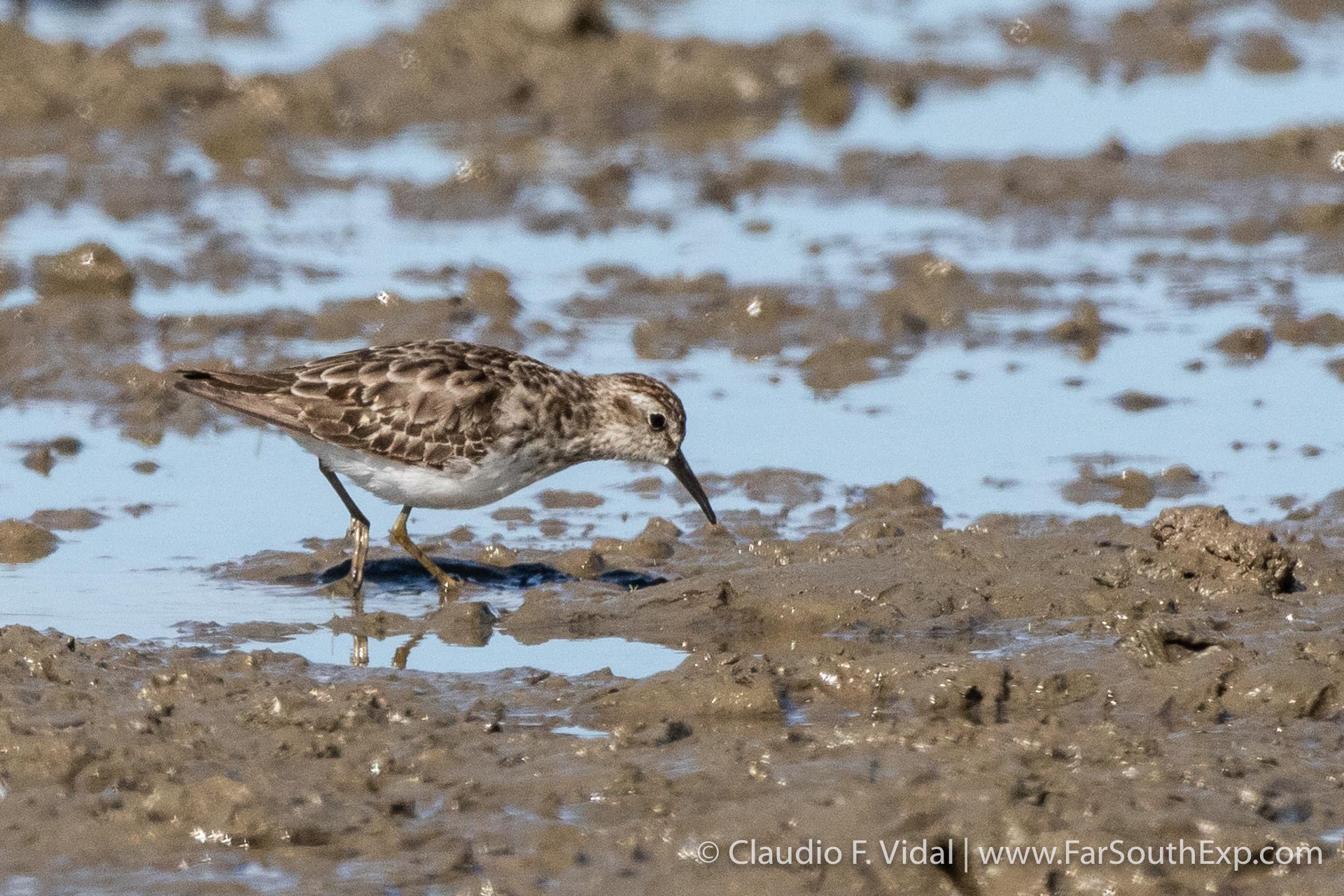

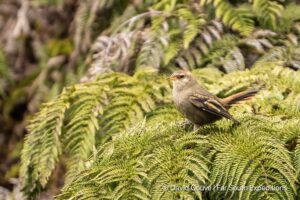
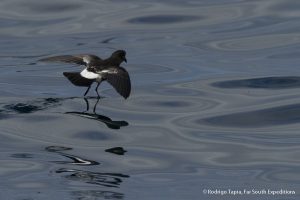



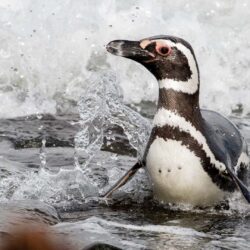
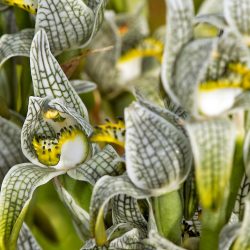


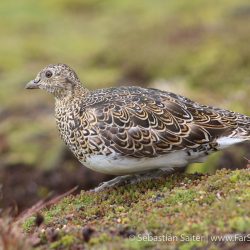
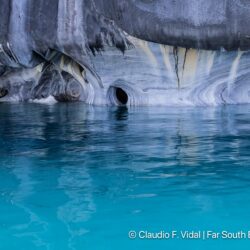




Leave a Reply
Your email is safe with us.